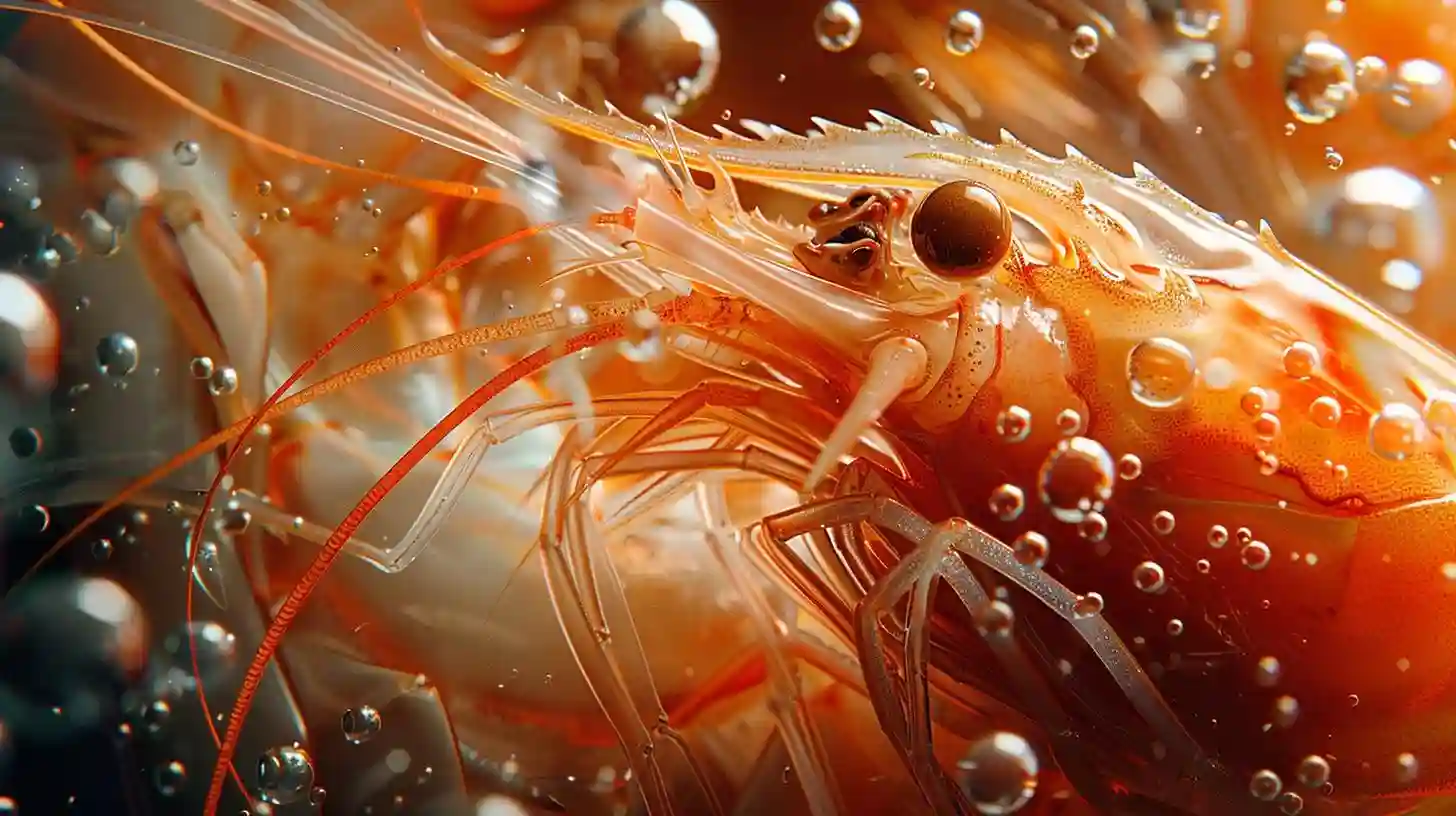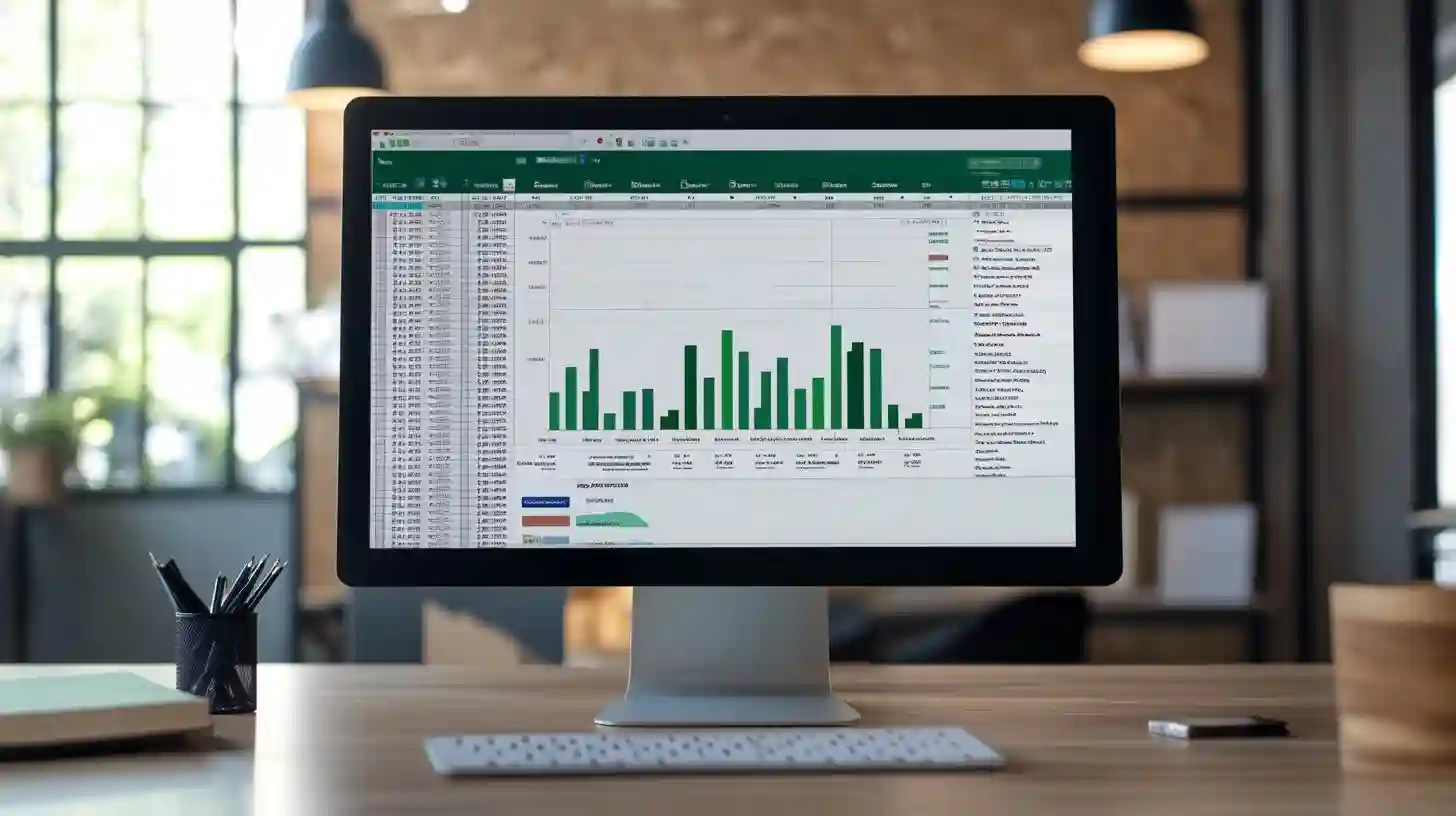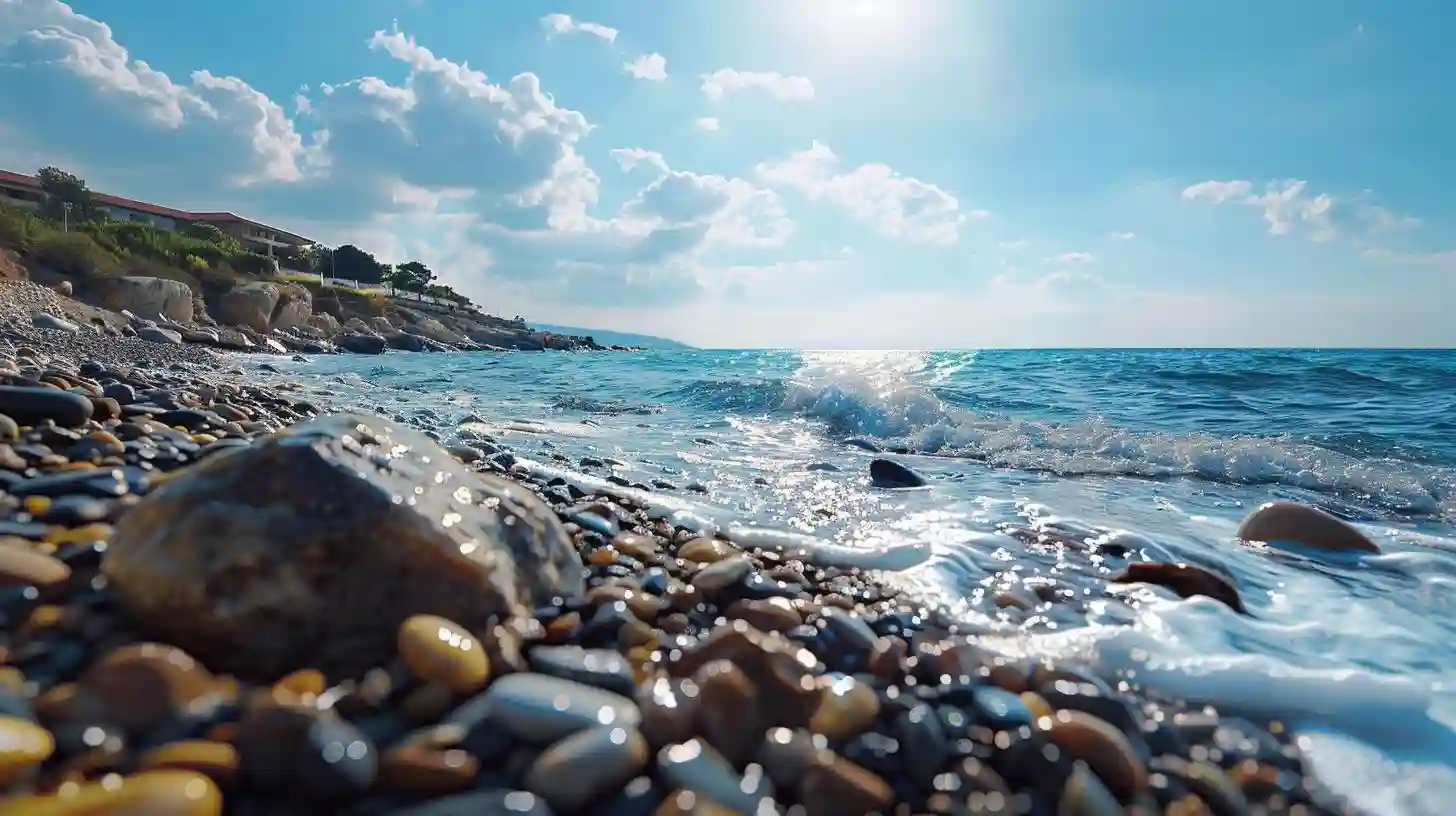
**The Journey of Shrimp Processing: From Ocean to Plate**
Processing shrimp is a complex and vital aspect of the seafood industry, transforming raw shrimp from oceans and farms into a product ready for consumer consumption. This journey beautifully combines tradition with modern technology.
**Sourcing Shrimp**
The first step in shrimp processing is sourcing, which involves harvesting shrimp from wild fisheries or aquaculture farms. Wild shrimp catches are typically made in coastal waters, while farmed shrimp thrive in controlled environments, such as ponds. With the global demand for shrimp rising, sustainable practices have become crucial to protect marine ecosystems.
**Transport and Freshness**
After harvesting, shrimp are rapidly transported to processing facilities. Freshness is critical; upon arrival, the shrimp are placed on ice or refrigerated to preserve their quality. Rapid transportation and immediate processing are essential to prevent spoilage.
**Sorting and Cleaning**
Once at the facility, shrimp are sorted by size and species, affecting cooking times and pricing. This standardization ensures consumers receive consistent products. Damaged shrimp may be discarded or redirected for other uses, such as shrimp paste or animal feed.
Following sorting, shrimp undergo rinsing to remove debris and contaminants, vital for hygiene. Cleanliness is imperative in food processing, necessitating strict adherence to safety guidelines to prevent contamination and health hazards.
**Peeling and Deveining**
Peeling is a key step in the processing sequence. Shells are removed to produce "naked" shrimp that are convenient for cooking. Processors may use manual or automated techniques for peeling, with each method having its benefits—manual peeling often yields higher quality, while automation improves efficiency.
After peeling, deveining is performed to remove the intestinal tract along the shrimp's back. This not only enhances aesthetics but ensures better taste and quality, appealing to consumer preferences. Additional cleaning processes may also be implemented, such as freshwater rinses or light brines to enhance flavor and ensure cleanliness.
**Blanching**
Blanching, which involves briefly submerging shrimp in boiling water followed by rapid cooling, is commonly used to preserve the product and enhance its color and texture. This process kills bacteria and sets the shrimp's texture, making them firmer and less prone to spoilage.
**Packaging and Freshness Maintenance**
Once processed, the shrimp are ready for packaging, which is crucial for maintaining shelf life and quality. Options include vacuum-sealing, freezing, and breathable containers. Freezing is a preferred method for extending shelf life, essential for long-distance transportation. For fresh markets, processors must ensure effective methodologies to maintain shrimp integrity during transit, often using ice or temperature-controlled environments.
**Sustainability and Traceability**
As global shrimp demand surges, sustainability has gained prominence. Consumers are increasingly aware of the environmental impact of shrimp farming and fishing, prompting processors to adopt responsible practices and certification programs. Traceability has also emerged as a key factor; buyers want to know the origins of their food, prompting processors to develop tracking systems from farm or fishery to consumer.
**Technological Advancements**
Innovations in machinery, automation, and biotechnology have revolutionized shrimp processing. The use of robotics and artificial intelligence has greatly enhanced sorting and packaging, improving efficiency and accuracy. However, skilled workers remain essential for upholding quality and food safety standards.
**Conclusion**
The evolution of shrimp processing reflects an intricate balance of efficiency, quality, and sustainability. As the industry adapts to shifting market dynamics and ecological challenges, it continues to uphold commitments to quality and innovation, ensuring that shrimp from ocean or farm to plate is not only delicious but also responsibly produced. This journey represents a harmonious blend of tradition and modernity, captivating both consumers and the seafood industry alike.
Shrimp processing guarantees both quality and sustainability. This crucial step involves careful handling to maintain freshness, while adhering to environmentally friendly practices to support marine ecosystems. By prioritizing these aspects, the shrimp industry can deliver a superior product while promoting healthy ocean resources for future generations.
Travel




















